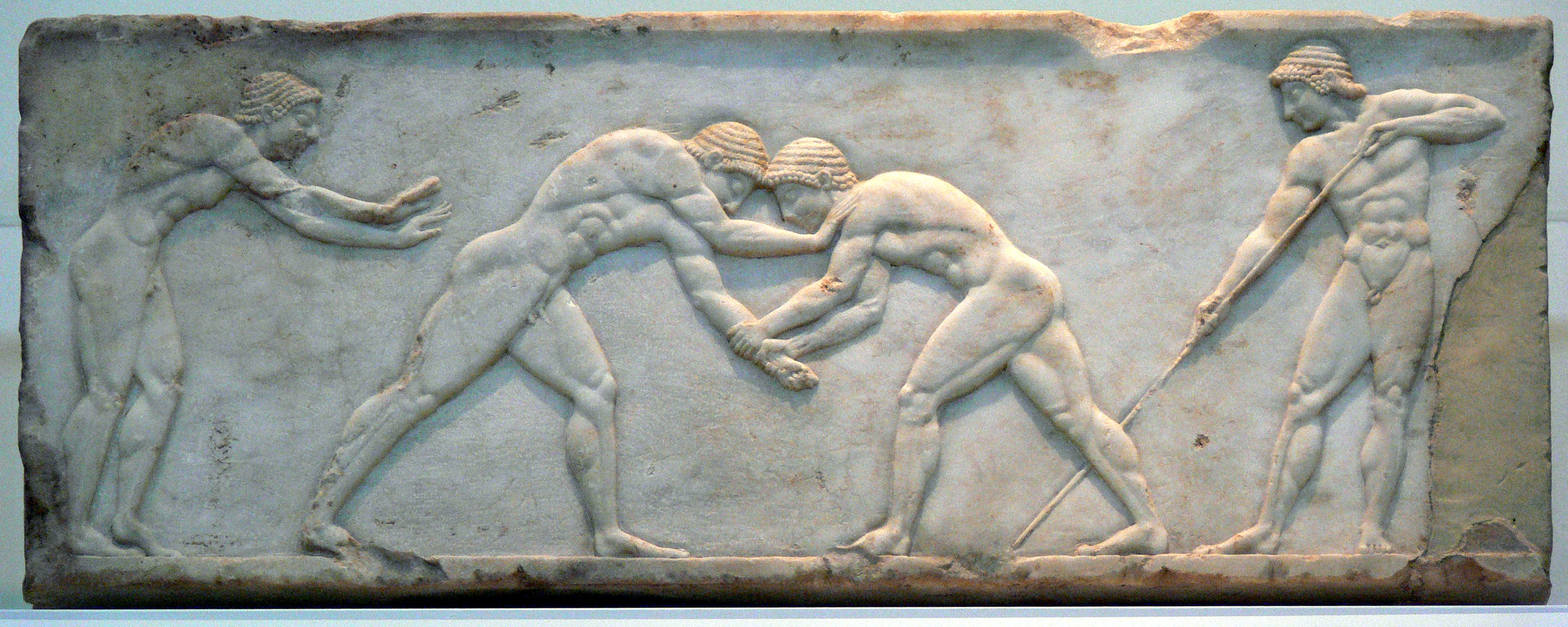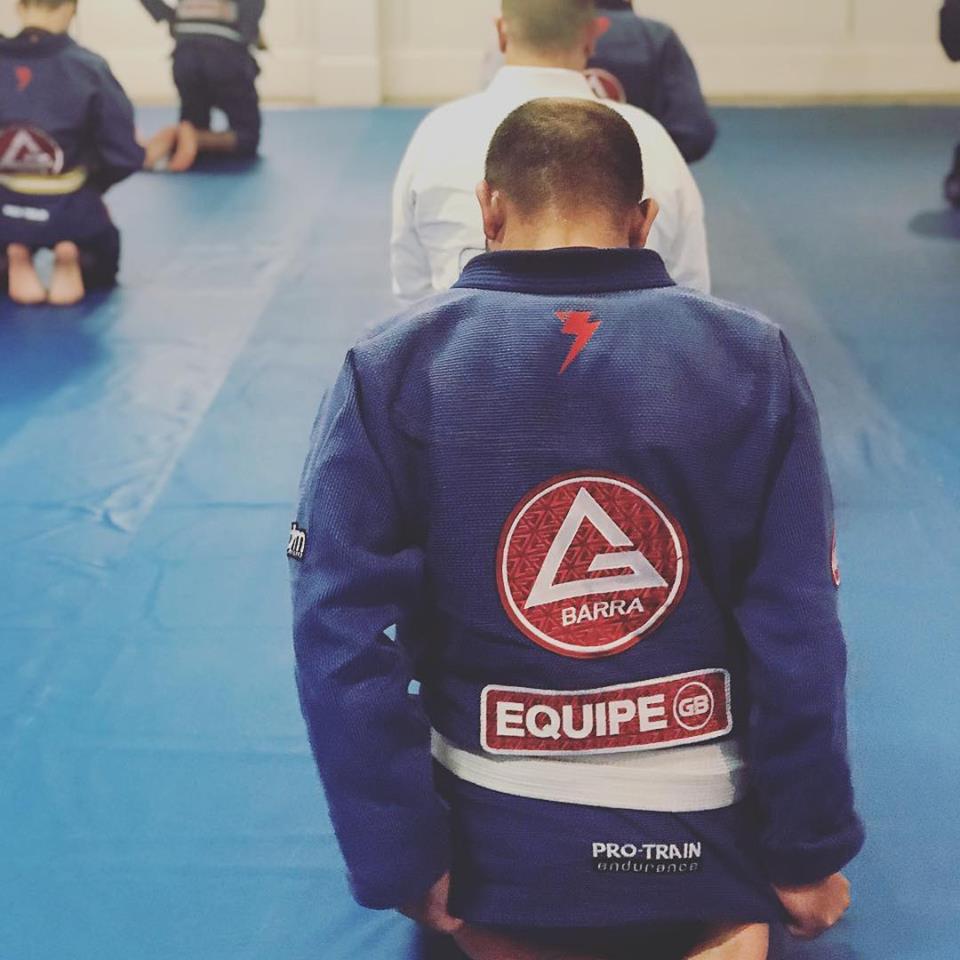
Jiu-Jitsu of project management
Emal Sakwall
january 4th, 2019
About seven months ago, I started practicing Brazilian Jiu-Jitsu, a grappling art founded in Brazil. Immediately after, I began comparing everything to it. My kids started making fun of me: “Everything is Jiu-Jitsu for you, Dada.” And, they were right. If I was reading, I’d say, “I’m grappling with the book.” If I was cooking, I’d say, “I’m Jiu-Jitsuing food.” If my five-year-old daughter asked me to help her cut her food during dinner, I’d say, “Just Jiu-Jitsu it. Pin it down with your fork so it won’t move. Then, cut it.”
I haven’t stopped. Every task is a kind of grappling. This includes my work as a project manager. I grapple to understand the idea behind the project, its goal, and make sure everyone involved is on the same page. Then, I work with others to guide the project to a successful launch. Along the way, the project must be controlled, or it will do whatever it wants. So, I dare draw one more comparison, this time, between some lessons I’ve learned grappling on the mats and some I’ve learned managing projects. Imagine the project you’re managing is your opponent and read on.

be prepared and adapt
Jiu-Jitsu is a game of control. You aim to control your opponent following the rules of the game. But your opponent is not a static thing. They want to control you too. You have to prepare yourself. Is your opponent much bigger than you? If so, then make sure they don’t “mount” you. Escape from that position will be nearly impossible. Is your opponent small, fast, and skillful? Then, you better watch carefully how they move and adjust accordingly, or you’ll be “submitted” quickly. You have to be, I’ll say, dynamically ready.
When you step on the mats with the intention of grappling, you should have a plan. But know that your opponent is clever and your plan is static. Listen to what Dwight D. Eisenhower said: “plans are useless, but planning is indispensable.” He is talking about being prepared.
The very same applies when you begin managing a project. You size it up. You try to understand as much about the project as you can. Consider different scenarios. Make a plan, with dates and tasks all neatly laid out. Then as you begin working on–grappling with–the project, it changes. If you stick to your initial plan, you will fail in getting the work done. You must grapple with this new reality. What do you do? You must detach yourself from the old plan. Reconsider the changed project and make a new plan. It is your dynamic readiness that helps you bring the project to completion.
be aware of threats
In Jiu-Jitsu, you must never let your opponent control the direction of your head/face. Never stay flat on the ground. Do not push against your opponent; you don’t want them to be your anchor and render yourself immobile. If you don’t follow these rules, there will be consequences. Your opponent will “submit” you. If not, you’ll end up using all your strength (not proper technique), and before you know it, all your energy is spent and you are useless.
Whether on the mats or in a project, unexpected things happen. And they are rarely in your favor. You can’t predict the unexpected. So what to do? You can put in place measures to wrestle them when they appear. Accept that anything that can go wrong, more than likely, will go wrong.
Make sure your project goal is as clear as it can be. Everyone should be aiming at the same target. Build contingency in your plan. Adding extra time is a great idea if possible. Most projects take longer than originally anticipated. Break up the scope of the project into “must haves” and “nice to haves.” If you don’t have time to get everything done by the deadline, you can, at least, deliver the “must haves.” Make sure everyone’s role is clearly defined. This way, you can track every team member’s work and address bottlenecks if there are any.
Ugly things will rise up suddenly or creep out from the depths and stand in your way. You can make it easier for yourself to face them if you anticipate them.
be precise
While grappling, you must hold yourself and move in certain ways. Keep your elbows tight against your body. And of course, every technique executed must be precise for it to be effective.
When you are grappling with a project, you need to be precise with your communications and define the project as well as you can. What is the project goal? What is the scope? What are the constraints? If your goal is clear, then you know what you’re aiming for. The more explicit your project scope is, the clearer its boundaries. If you know what restricts you (let’s say, timing/budget), then you know what you can and cannot do to get to your goal.
Also, define what success means. As a white belt, when I step on the mats facing a higher belt, my success criterion is to avoid “submission,” surviving. But if I face an equal ranking grappler, then I define success differently. I aim higher. Do the same with your projects. Considering the constraints, define what it means to successfully reach your project goal.
Clearly defined things are easy to see. The easier they are to see, the easier they are to control. You want to control your project. Not the other way around.
pressure and space
Imagine an opponent of considerable size pinning you to the ground, crowding you to a degree where you cannot move or breathe easily. They are controlling you while they cleverly look for a way “to choke you out.” So, what is missing? What do you do to get out of this situation?
Space is missing. Don’t panic and fight ineffectively. Look for space so you can move. Once you create space, pressure is relieved and you’ll have a better perspective of your situation. Then, plan your escape to a better position from where you can move.
When sizable projects become too heavy and crowd your head with thoughts of falling behind schedule or going over budget, disengage. Look for that headspace you need to think. Good thoughts, effective thoughts, need room. You don’t have to confront every aspect of the project. Identify the main obstacles standing in your way. Maybe you need to thin out the scope. Maybe you need to extend the deadline. And remember that your teammates and partners/clients are your allies. After all, you have the same goal, getting the work done.
conclusion
When you prepare at the very beginning, you’ll be able to come up with a new plan, one that works now. When you are as precise as you can be while defining the project, you’ll be able to see if your new plan will work for the project or not. Then, re-engage and restart your negotiations with the project.
Be efficient and patient. Use technique, not brute force. Control the space between you and the project. Think in terms of leverage and slack. Let go of what is unimportant and focus on what is. Use the least force to the greatest effect. Bring the project to as clean of a finish as you can. Win with grace and lose with class.